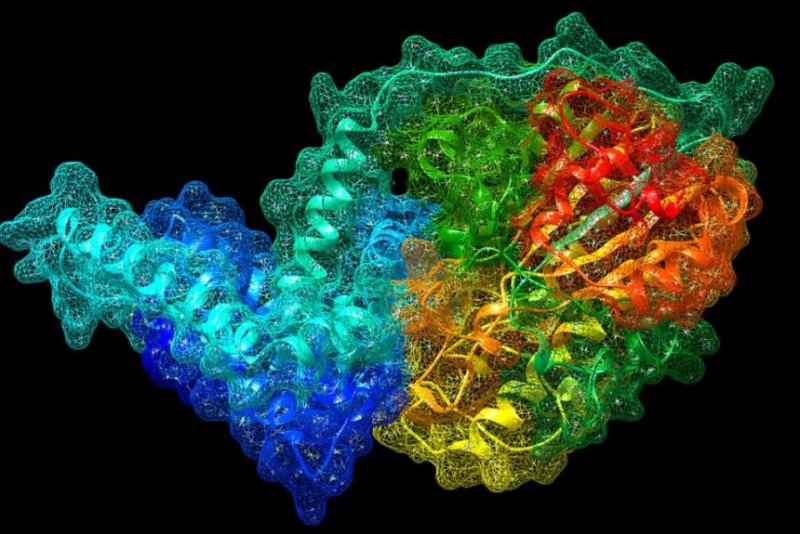Scientists discovered
mcr-9, a gene responsible for antibiotic resistance, in the genome of salmonella. Photo by Ahmed Gaballa/Cornell University
May 7 (UPI) -- Scientists have found a highly-mobile gene that helps superbugs resist colistin, one of the most effective last-resort antibiotics.
When more common antibiotics fail to stamp-out a dangerous infection, doctors have only a few options. The antibiotic colistin is one of them. Unfortunately, researchers have identified a gene that could soon render colistin unreliable.
Scientists found the gene, mcr-9, while analyzing the bacterial genome of salmonella, and described the "jumping" gene this week in the journal mBio.
"This last-resort antibiotic has been designated a highest-priority antibiotic by the United Nations' World Health Organization, and the mcr-9 gene causes bacteria to resist it," Martin Wiedmann, food safety professor at Cornell University, said in a news release. "In treatments, if colistin does not work, it literally could mean death for patients. If colistin resistance spreads, a lot of people will die."
Mcr-9 is a "mobilized colistin-resistance" gene, one of several discovered by scientists in the last few years. Information about the newly identified gene has been updated in databases used by medical professionals. The information can help scientists identify food pathogens that are likely to be resistant to antibiotics, which can improve prevention and treatment efforts.
"This improves our ability to get an early warning," Wiedmann said.
Because the gene is very mobile, easily moving from one population or strain of bacteria to another, health professionals must take extra precautions to isolate bacteria with the mcr-9 gene.
As previous studies have shown, bacteria cells themselves are highly mobile and can even behave individually. Studies have also shown that bacteria can travel thousands of miles through the air. This mobility can allow antibiotic-resistance genes to proliferate in bacteria strains around the world.
Scientists and health professionals are doing their best to contain antibiotic resistance until researchers can come up with new kinds of antibiotics.
"If you go to a hospital and this gene is floating around, that can be trouble. The gene is moveable. It jumps," Wiedmann said. "In a hospital setting, being able to screen a patient for resistance allows doctors and nurses to isolate the patient and maintain biosecurity."















